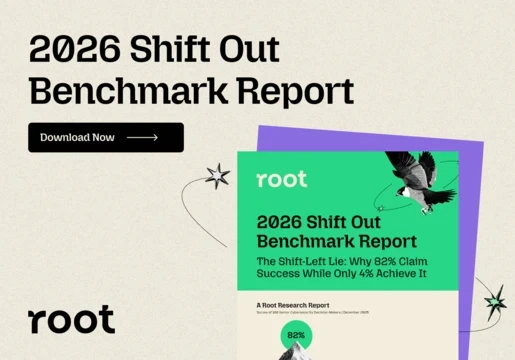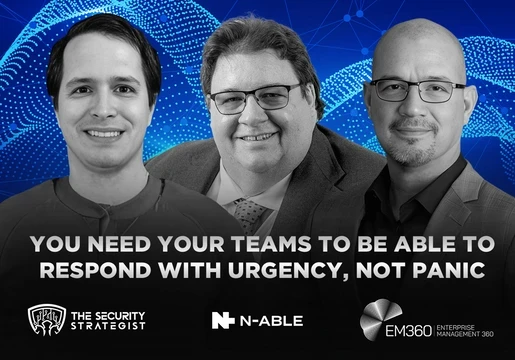
Intrusion detection
Intrusion detection systems (IDS) are designed to identify and alert organisations to potential malicious activity within a network. Network-based IDS log and analyse traffic flowing through a network to identify suspicious activity such as policy violations and malware. Host-based IDS (HIDS) monitor individual computers and devices by analysing changes to files and logs.IDS are only used to detect and identify threats – they are not able to block or help shut down threats. This is why they are deployed and work alongside intrusion prevention systems, like firewalls and SIEM systems (more about them later in the article).Network traffic analysis
While IDS are extremely useful, they do have their limitations. They are focused on identifying threats at the perimeter and inspecting so-called north-south traffic. If an attacker is able to further into a network, an IDS will struggle to detect their activities. This has led to the need for technologies that are able to offer deeper traffic visibility. These are known as network traffic analysis (NTA) platforms, and they work by reviewing east-west as well as north-south traffic. The latest NTA systems use machine learning and rule-based detection, which means that means that they are able to detect threats that traditional signature-based firewalls and intrusion detect systems cannot.SIEM
Security information and event management (SIEM) refers to a set of technologies that work together in order to give businesses and organisations a more complete view of security events. According to Gartner, worldwide spending on SIEM is set to rise to $3.74 trillion in 2019. This shows just how important the technology has become for organisations across the world. “New security technologies for organisations with cloud, virtual, and hybrid network environments are on the rise. However, just like solutions for on-premise monitoring, these require the appropriate skills and resources to properly install, manage, and monitor.” (Redscan, cybersecurity specialists) SIEM software draws data from a variety of different sources in real time, and then correlates this data to identify unusual or anomalous activity. When any such activity is detected, the software generates an alert. SIEM systems aggregate logs from other security technologies, network devices, cloud systems, and more. The latest generation of SIEM tools includes user and entity behaviour analytics to help identify insider threats.







Comments ( 0 )